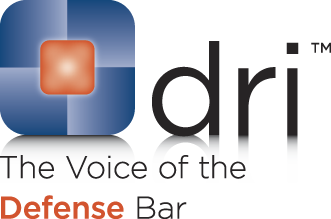The dentist had a lot of explaining to do. The authorities had arrested him for drug trafficking and had charged him with distribution of cocaine. The dental board had received complaints that he was using cocaine and was giving it to his patients. The board even suspended his license.
His malpractice insurance company was aware of all of these allegations of malfeasance during the coverage period of his “claims-made-and-reported” policy. The one thing that the insurance company did not receive during the policy period was the demand for settlement that a patient had presented to the insured dentist. The demand alleged that unbeknownst to the patient, the dentist had anesthetized his mouth using street cocaine. The patient’s employer fired him from a union truck driving job following a positive test for illegal drugs. The dentist had never even bothered to forward the demand to his malpractice carrier.
Based on these facts, the patient filed a malpractice suit against the dentist. However, the patient did not file suit until a day after the “claims-made-and-reported” coverage had expired. The patient’s attorney submitted a formal report of a claim to the insurance company, but that didn’t arrive at the insurance company until five months after the policy’s expiration. Ultimately, the patient won a judgment in excess of $400,000.
By seeking declaratory judgment action against the insurance company, Physicians Ins. Co. v. Williams, 128 Nev. Adv. Op. 30, 279 P.3d 174 (2012), the patient hoped to enforce the judgment he had won. However, with this “claims-made” type policy, the facts were not in the patient’s favor. The Nevada Supreme Court denied liability coverage under the dentist’s “claims-made-and-reported” malpractice policy. Referencing B. Ostrager & T. Newman, Handbook on Insurance Coverage Disputes, §4.02 and §8.03, the Supreme Court explained the differences between “claims-made” and “occurrence-based” liability policies. The Court discussed some of the benefits and drawbacks of each type of coverage. The Court explained that before the policy is triggered, the claimant must submit a report to the insurance company that includes an identifiable incident causing actual or anticipated injuries to an identified or identifiable claimant. The patient here did not notify the insurance company until after the “claims-made-and-reported” policy had expired. The Court said that to allow the policy to be triggered by the types of broadly phrased or non-specific statements made in this case would result in an expansion of the policy and would thereby defeat the key characteristics of a “claims-made” policy, namely, reduced exposure for the insurer and lower premiums for the insured.
If you have questions about coverage under a “claims-made” policy, contact Mills & Associates. We’ll gladly do our best to understand you and advise you.
 Follow
Follow Email
Email


